Like the 2¢ 2nd Bureau stamps were to domestic mail, the 5¢ Lincoln sought similar use on international destined mail. In 1875 the Universal Postal Union (UPU) set a standardized rate equivalent to 5¢ per half an ounce for all 1st class mail traveling to foreign countries. The rate remained into effect until Oct. 1, 1907, when it changed to 5¢ per ounce and 3¢ each additional ounce. The Lincoln stamp was issued early in 1903. Varieties include imperforate and coil stamps as well as U.S. Possessions, Canal Zone and the Philippines, overprints.
Varieties (Scott catalog number):
Common Uses:
- 1/2 ounce UPU foreign letter rate
- Makeup higher rates
- Pair paying domestic letter rate plus registry fee
Solo Uses:
- Postcard sent via the UPU letter rate
- 2nd class (< 20 oz newspaper/magazine)
- 3rd class (< 10 oz printed matter)
- 4th class (< 5 oz samples/merchandise)
Favorite Covers:
- Foreign letter to German East Africa
- Cover to Tonga
- Cover to Madagascar
- A pair on a penalty envelope
- Early use
Other Info:
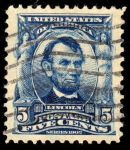
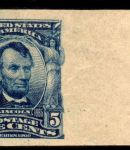

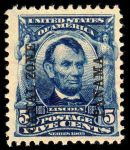
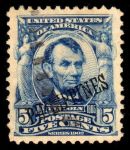

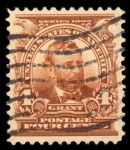
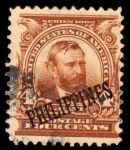


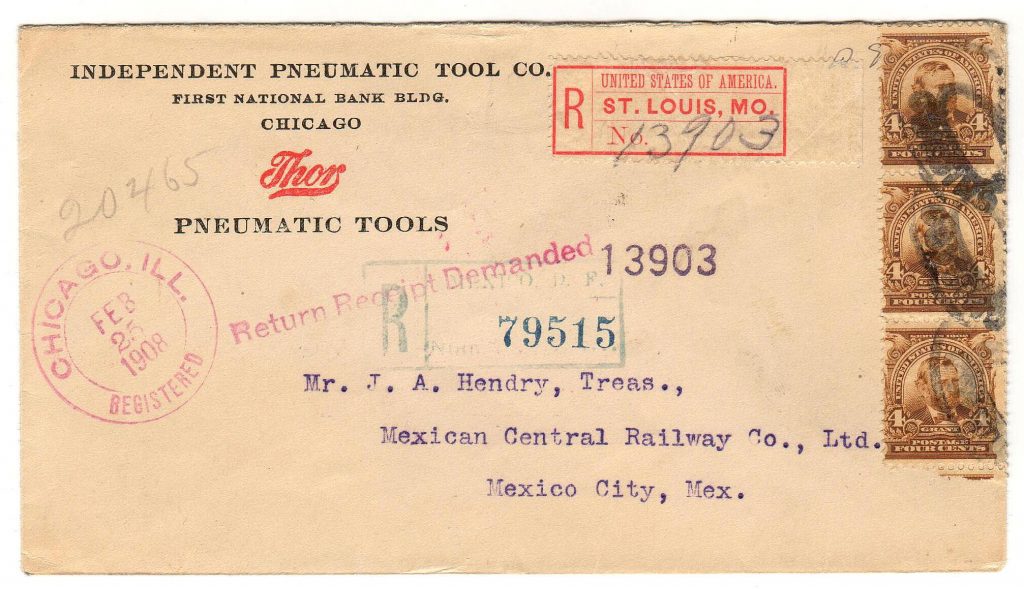
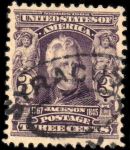
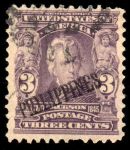

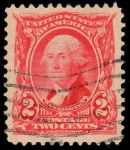
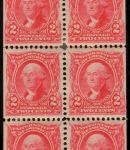
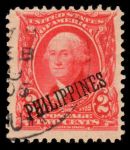










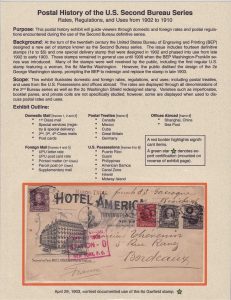
Recent Comments